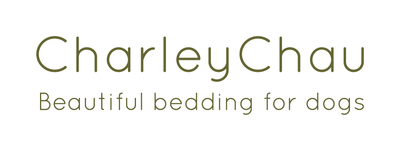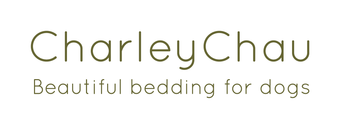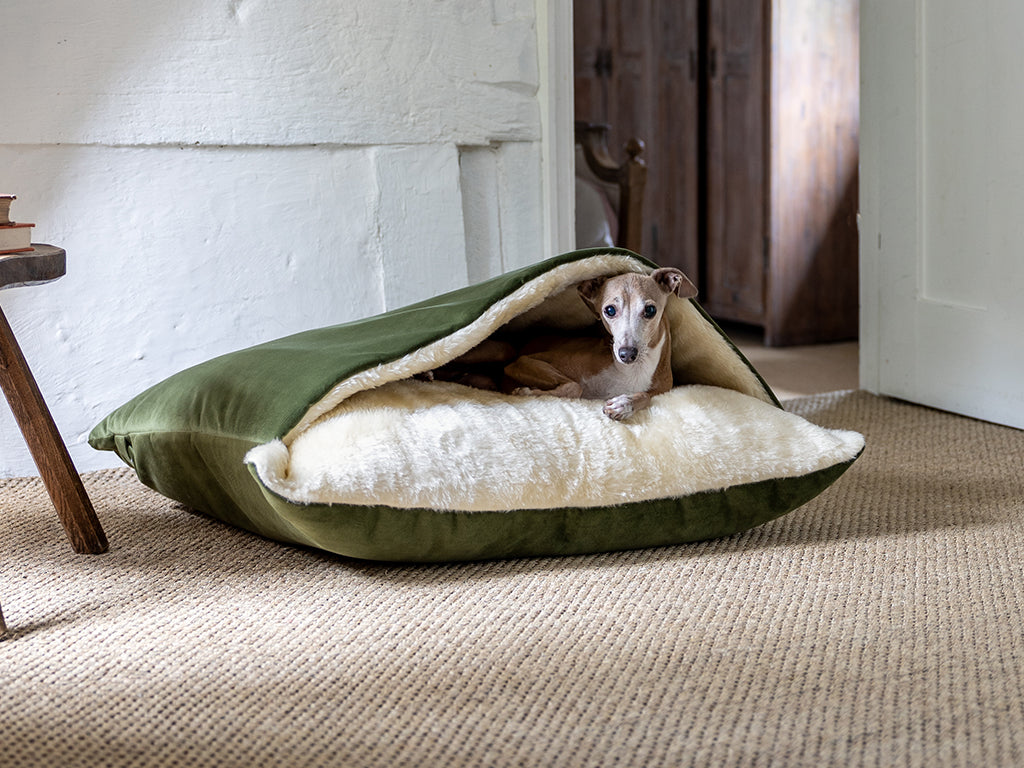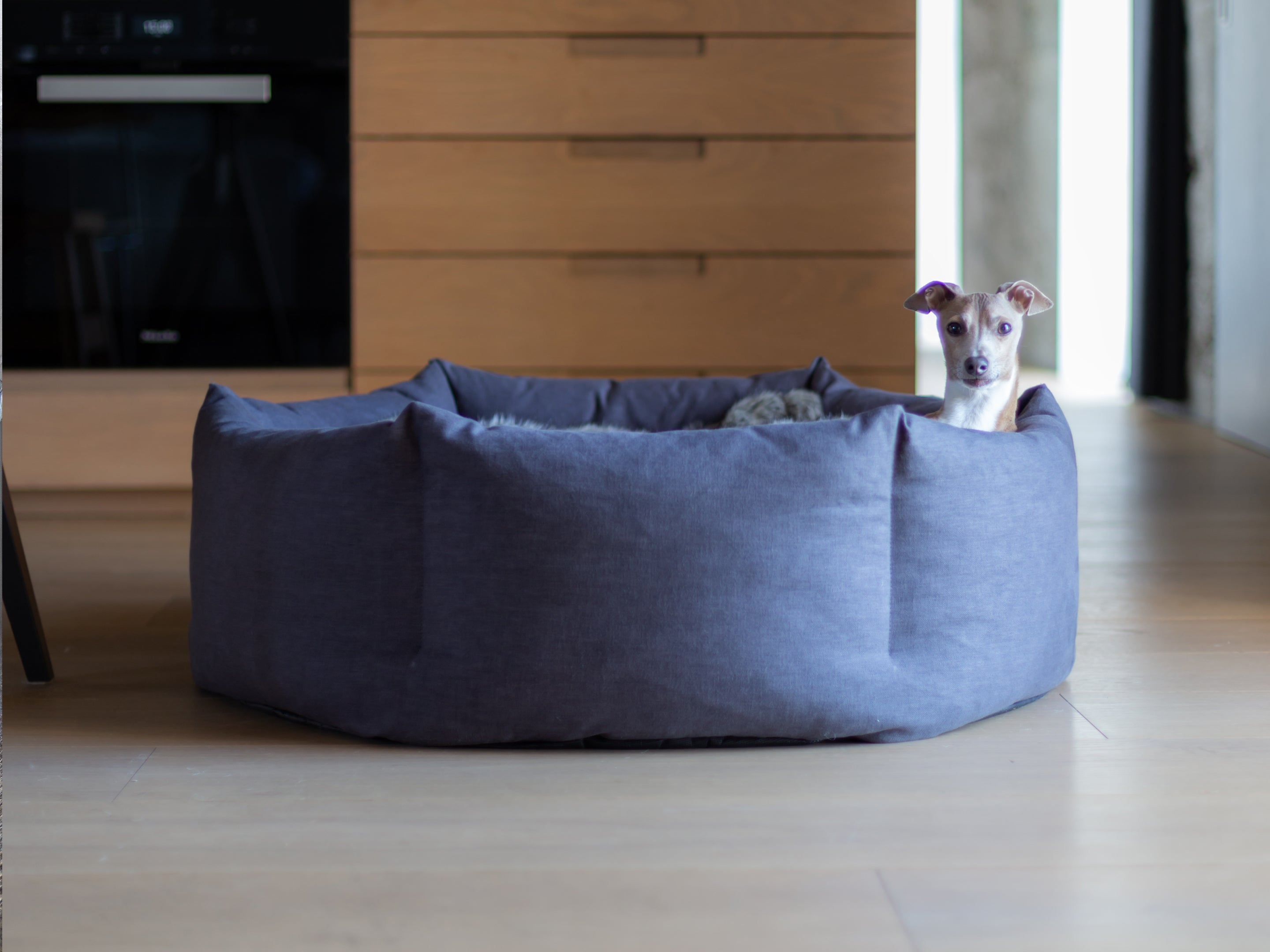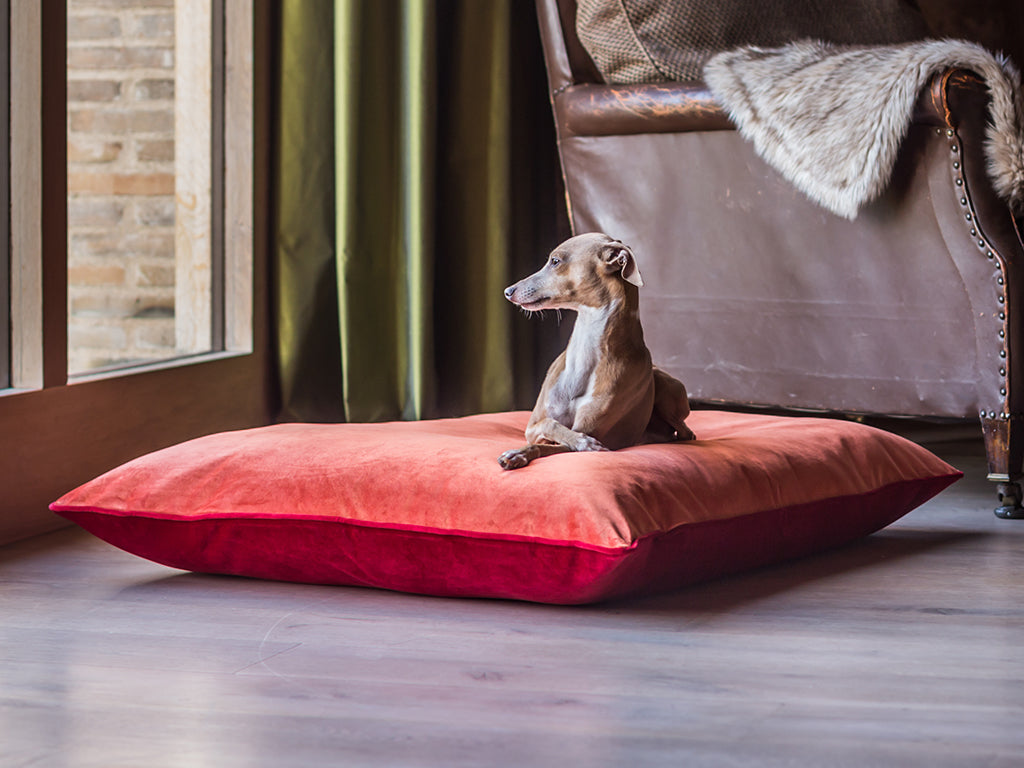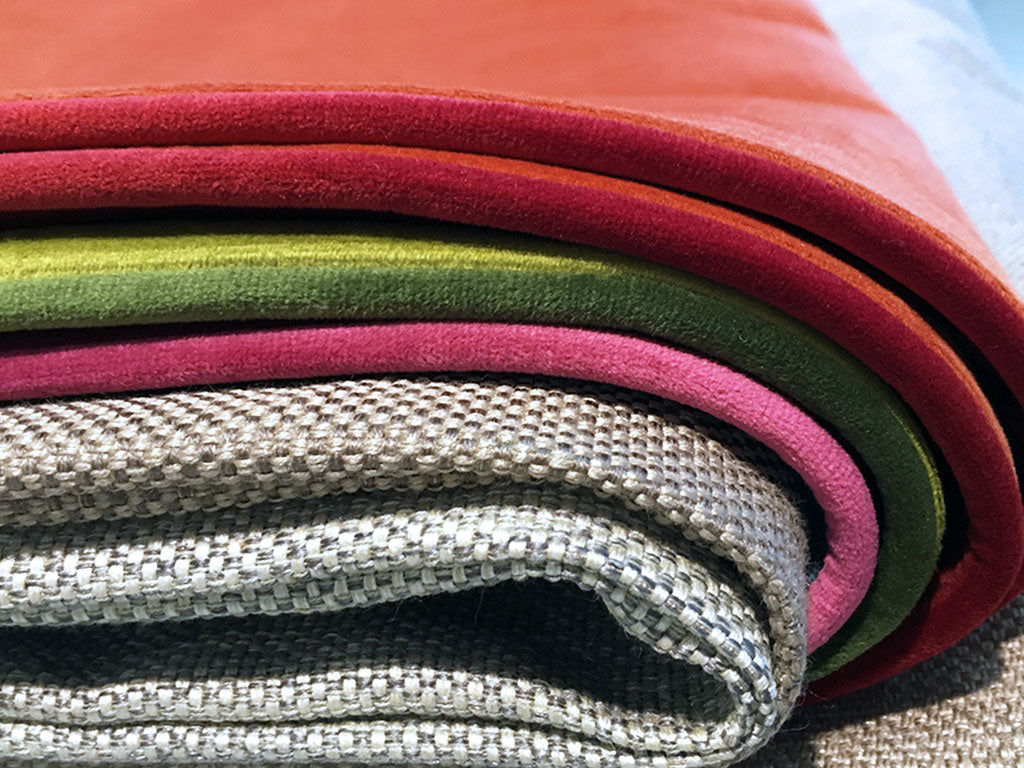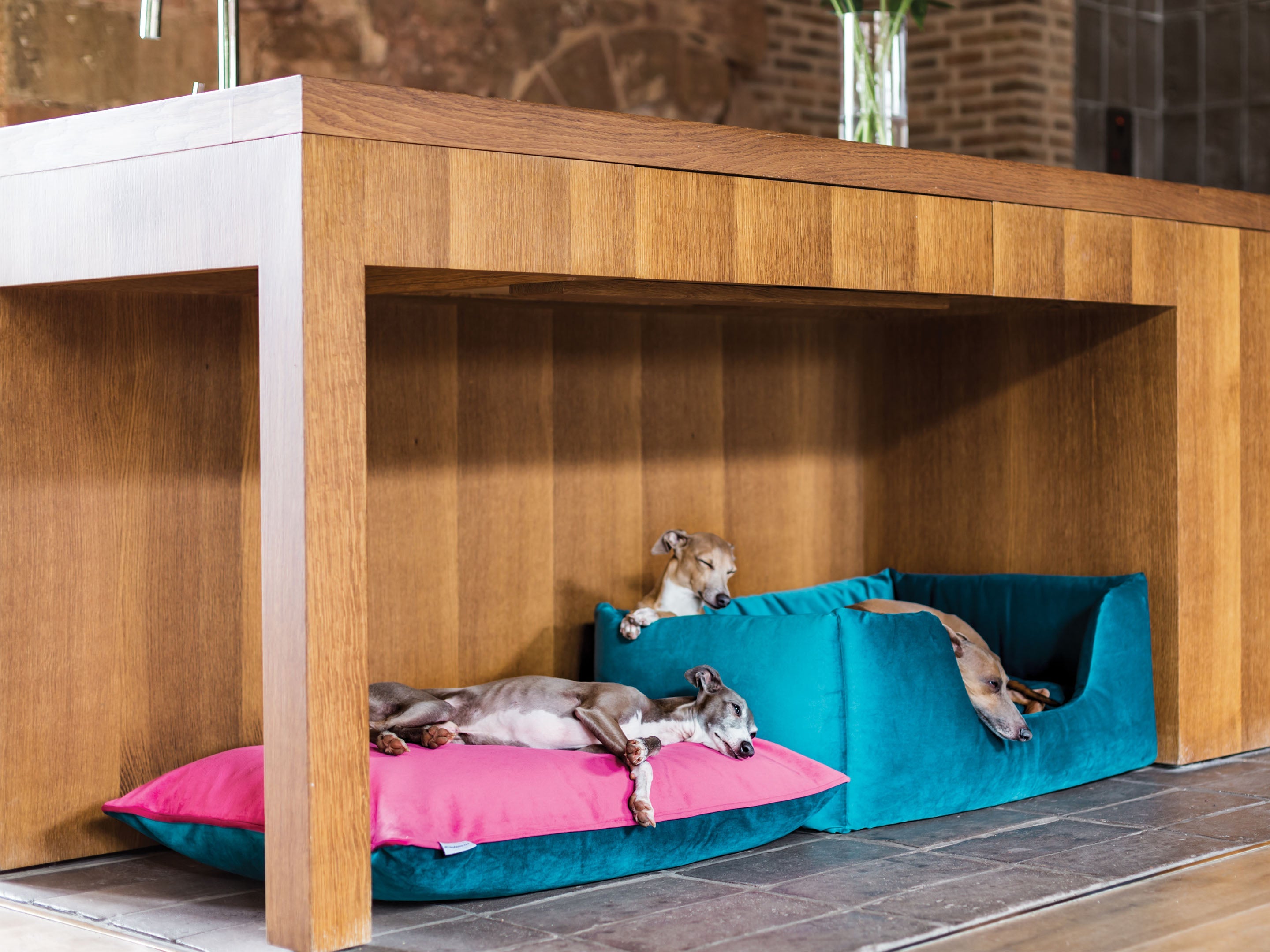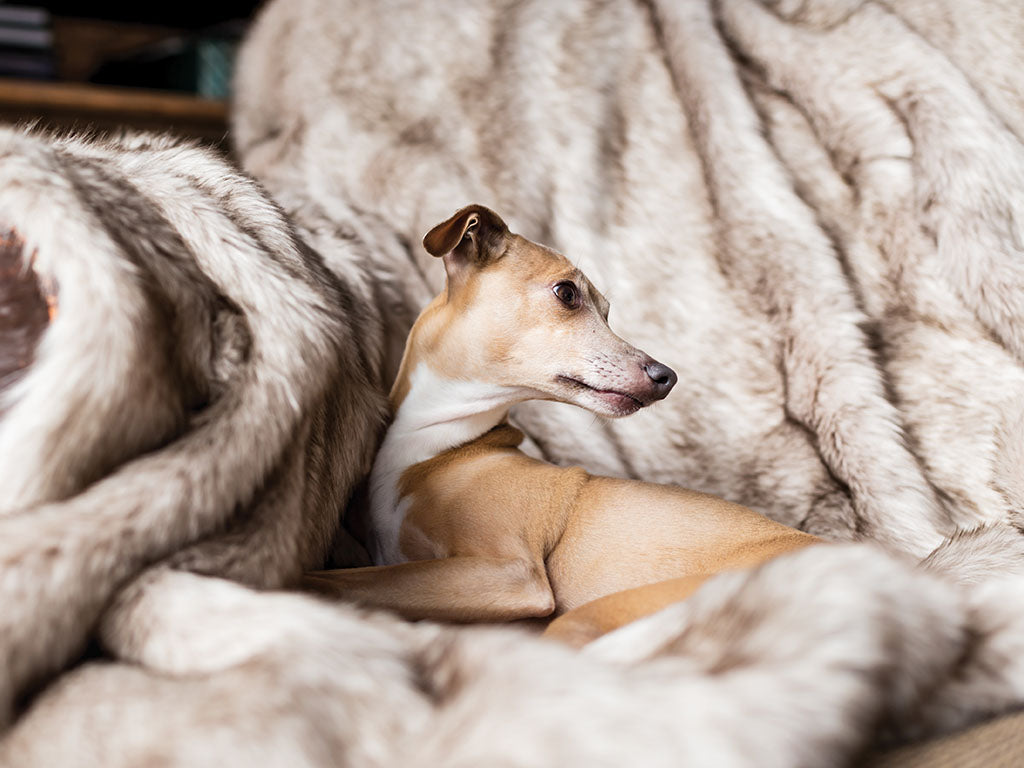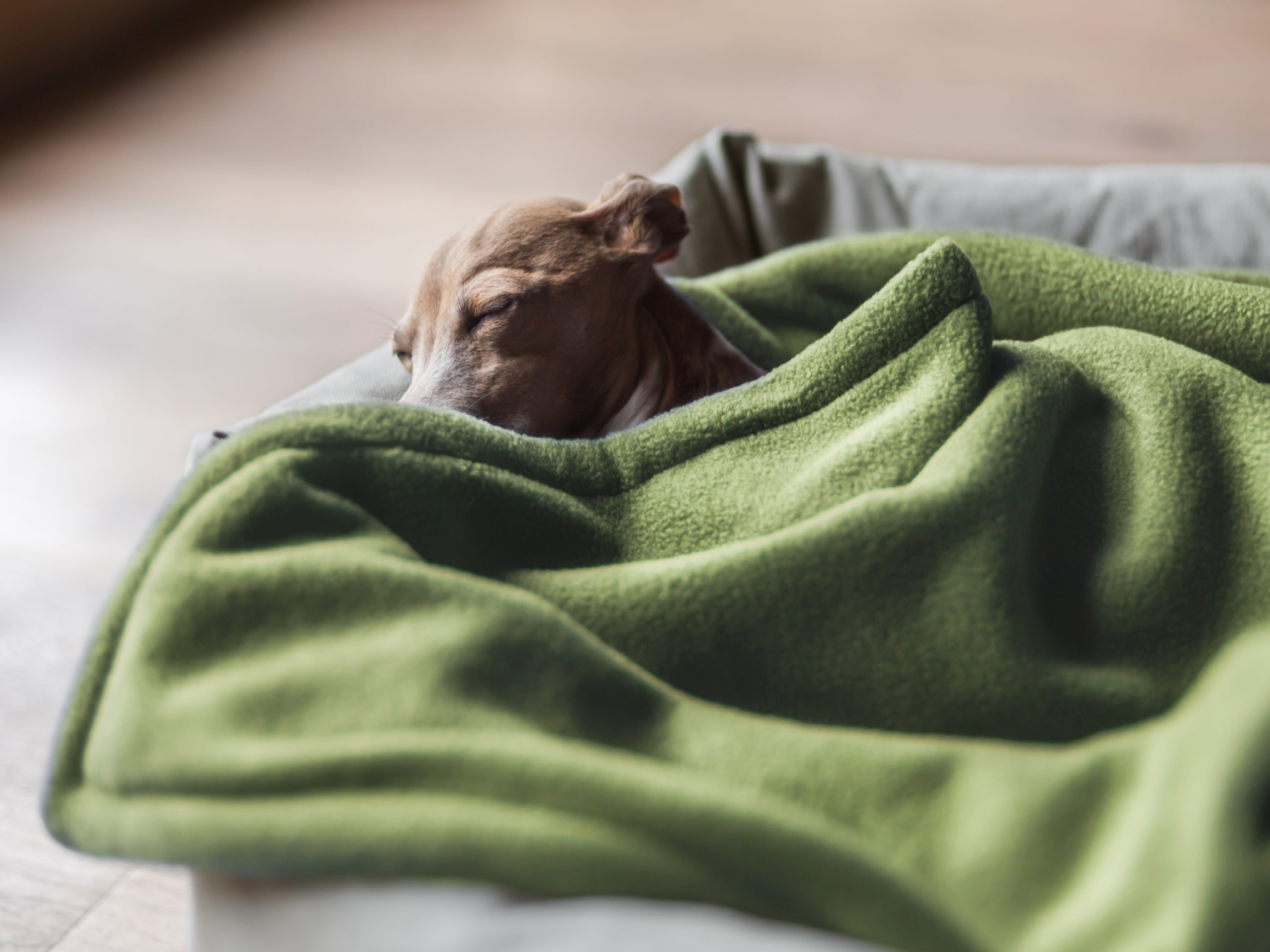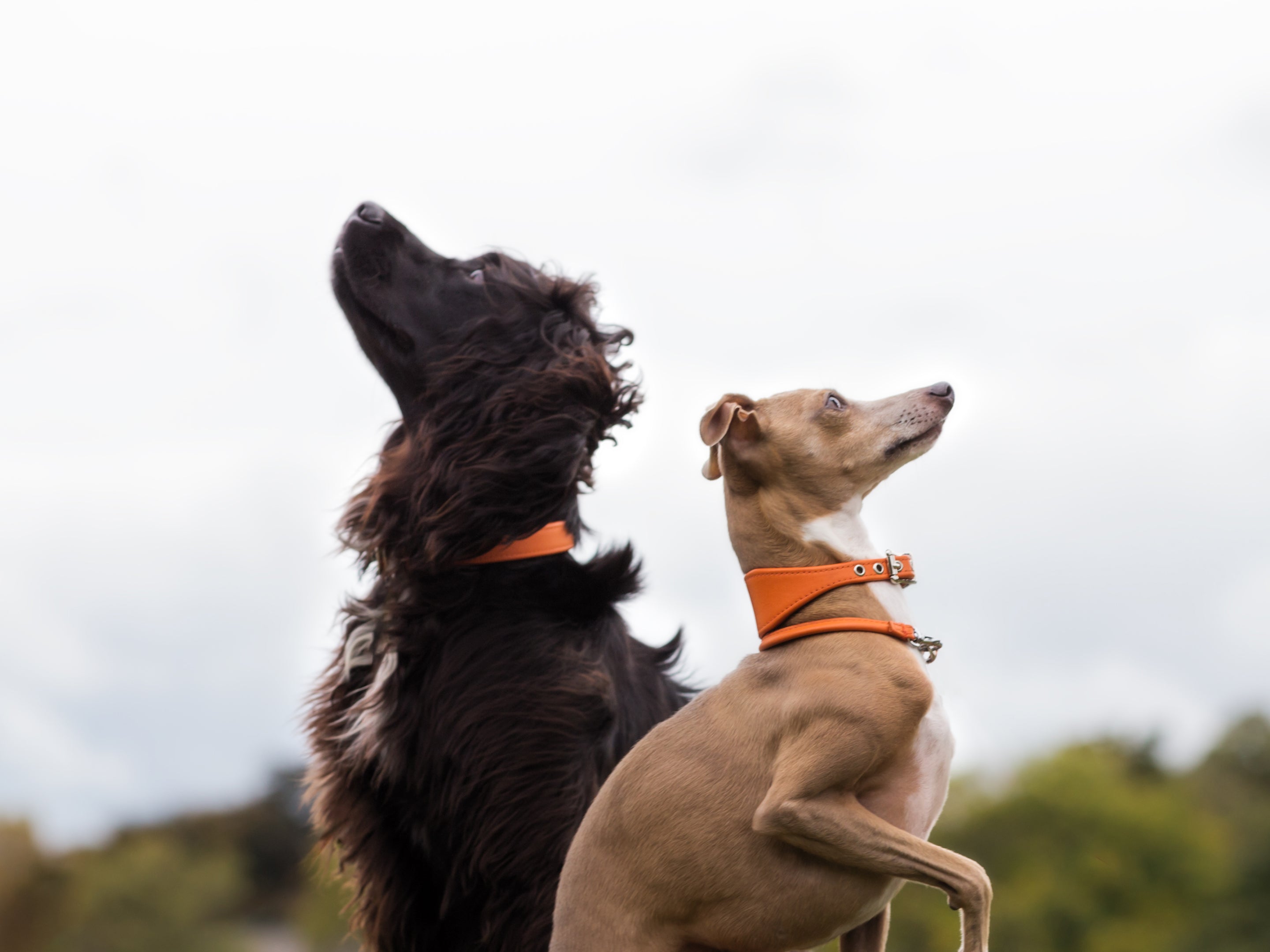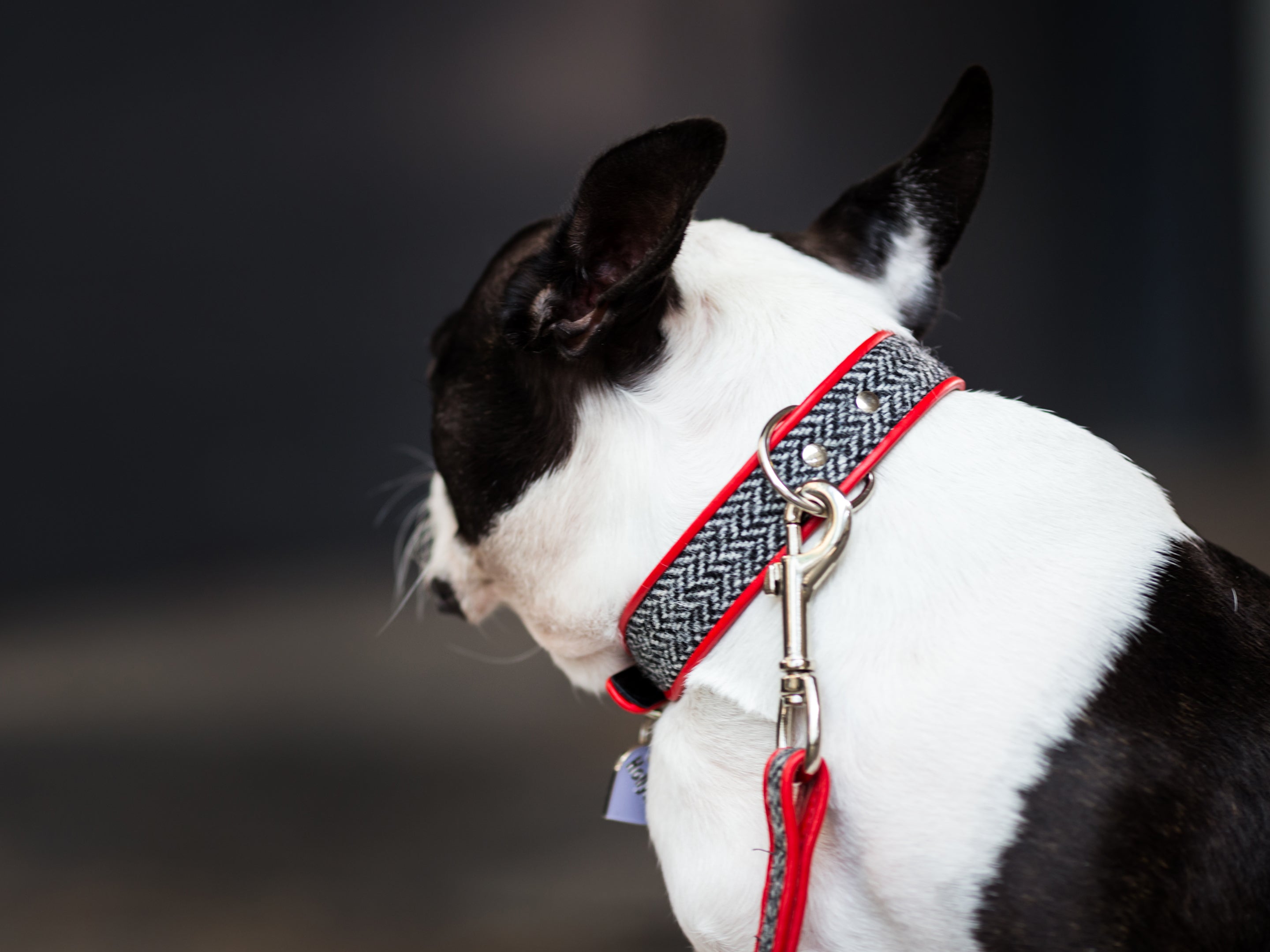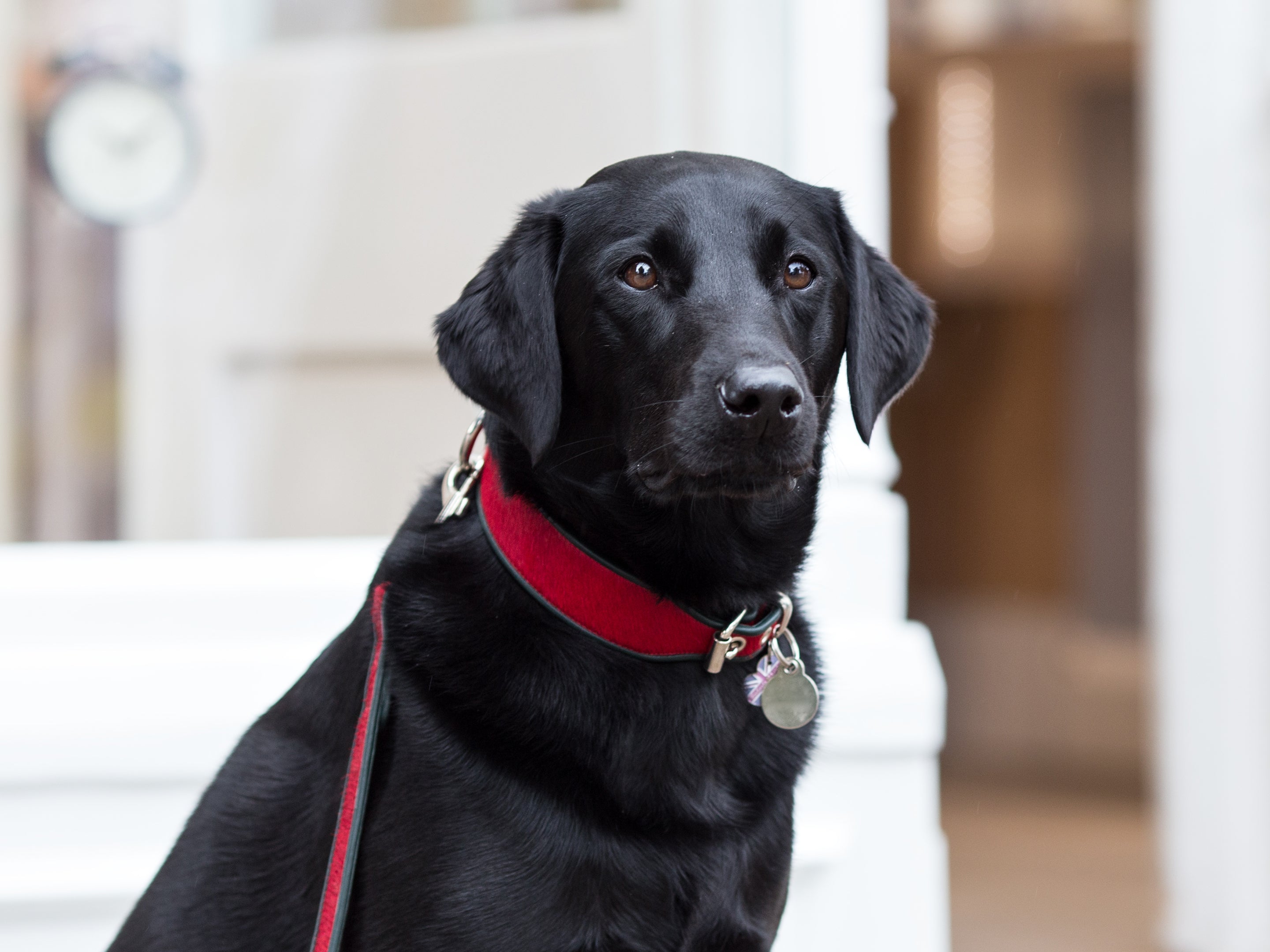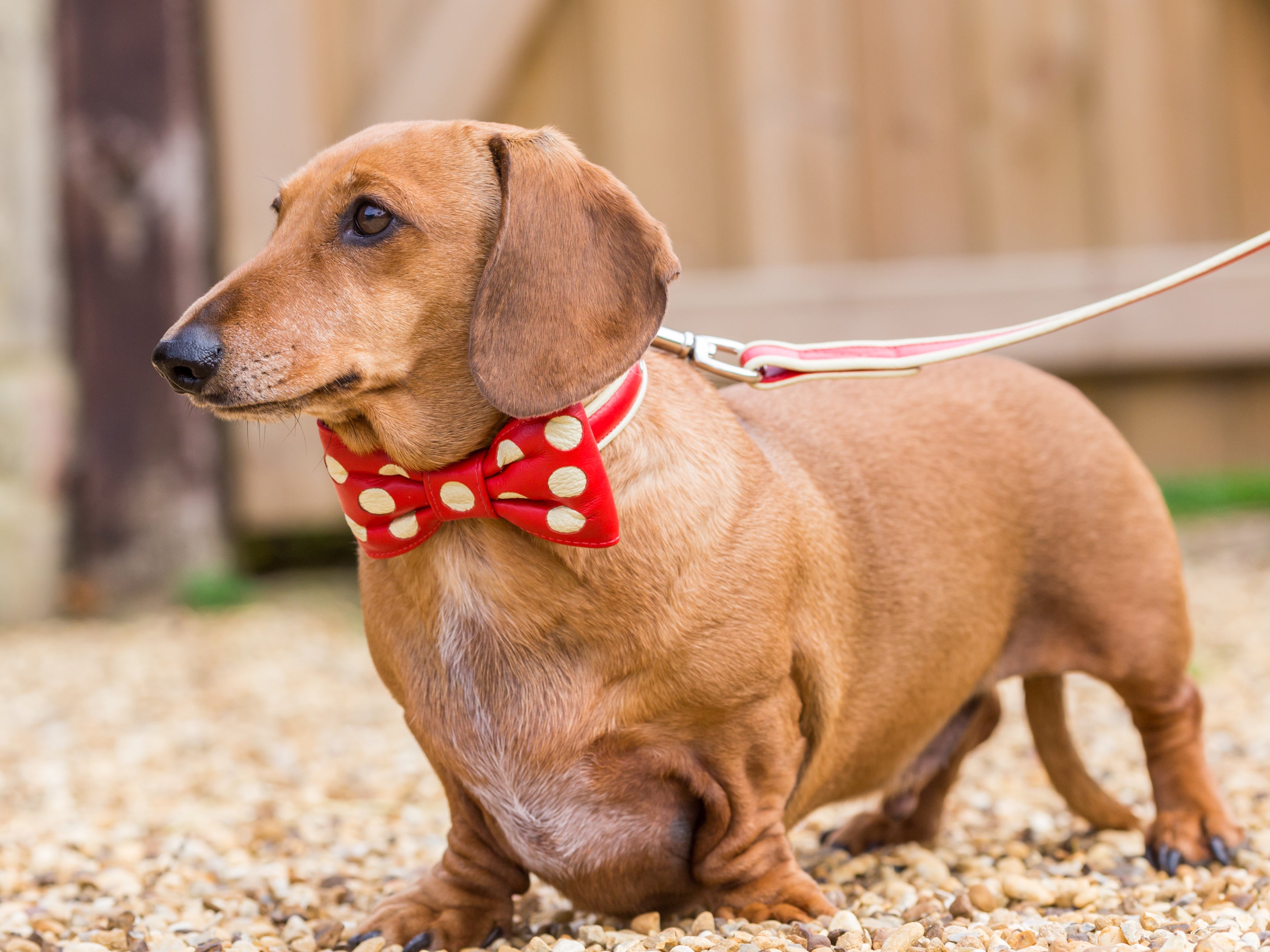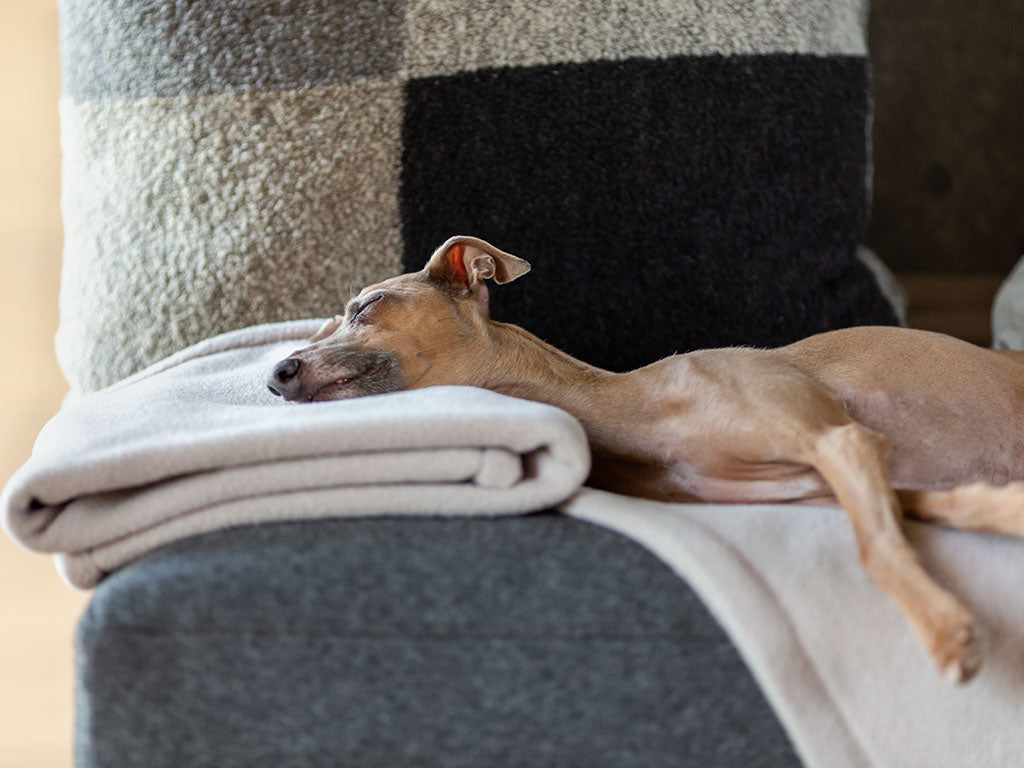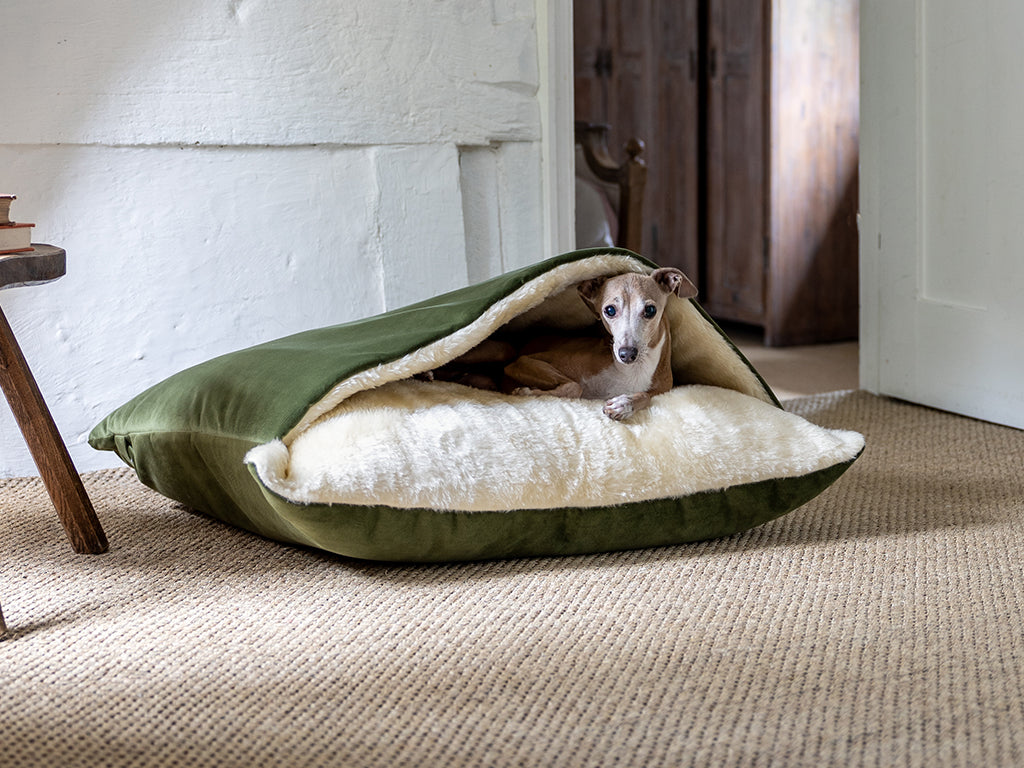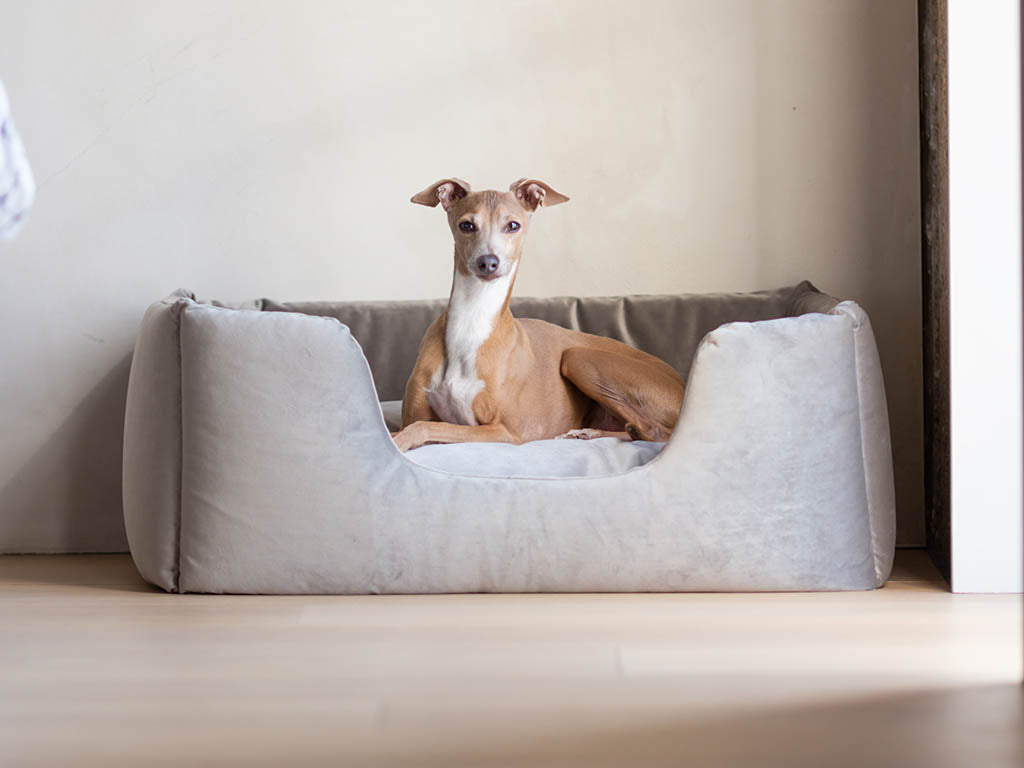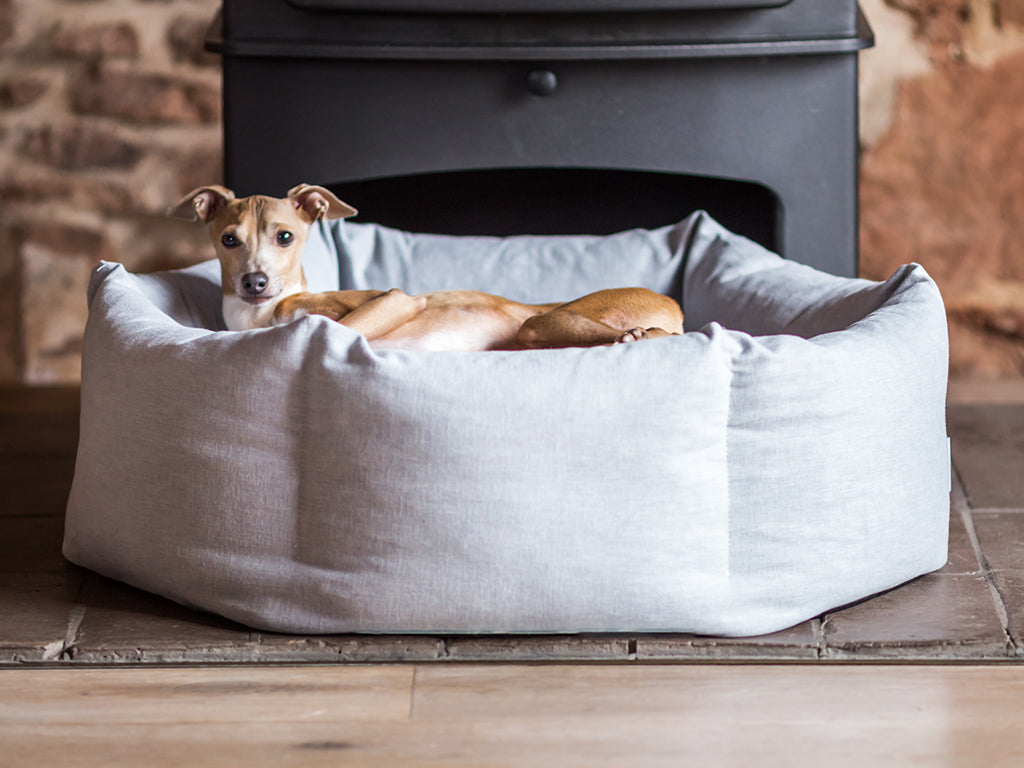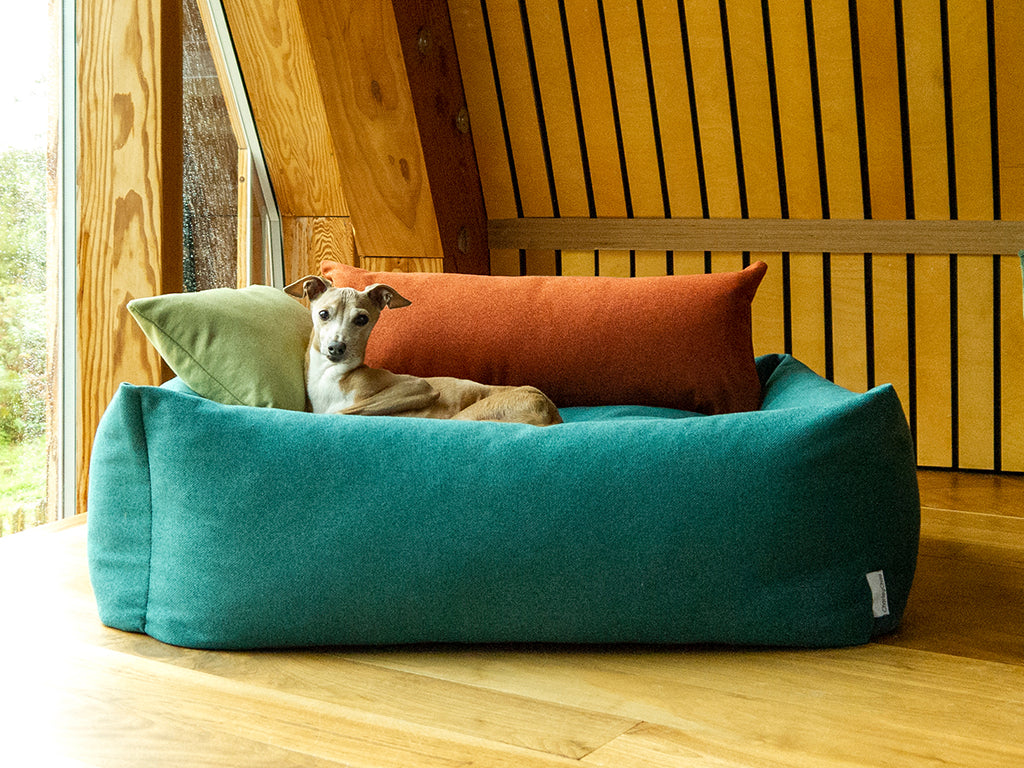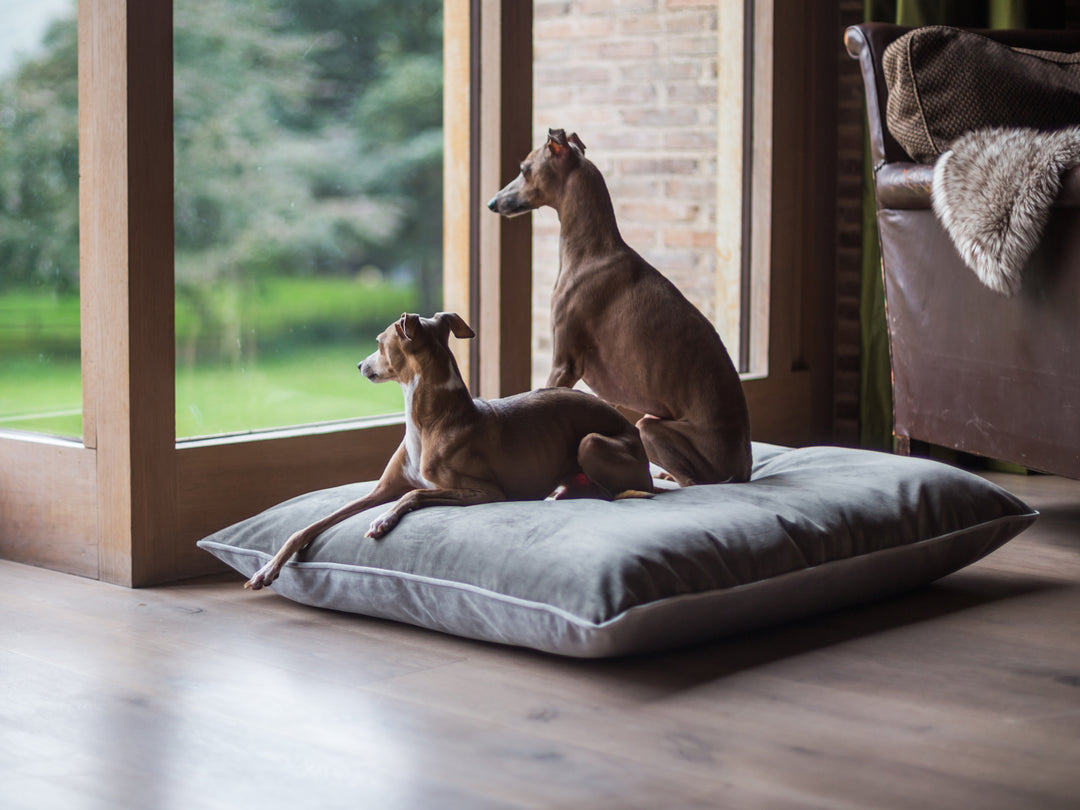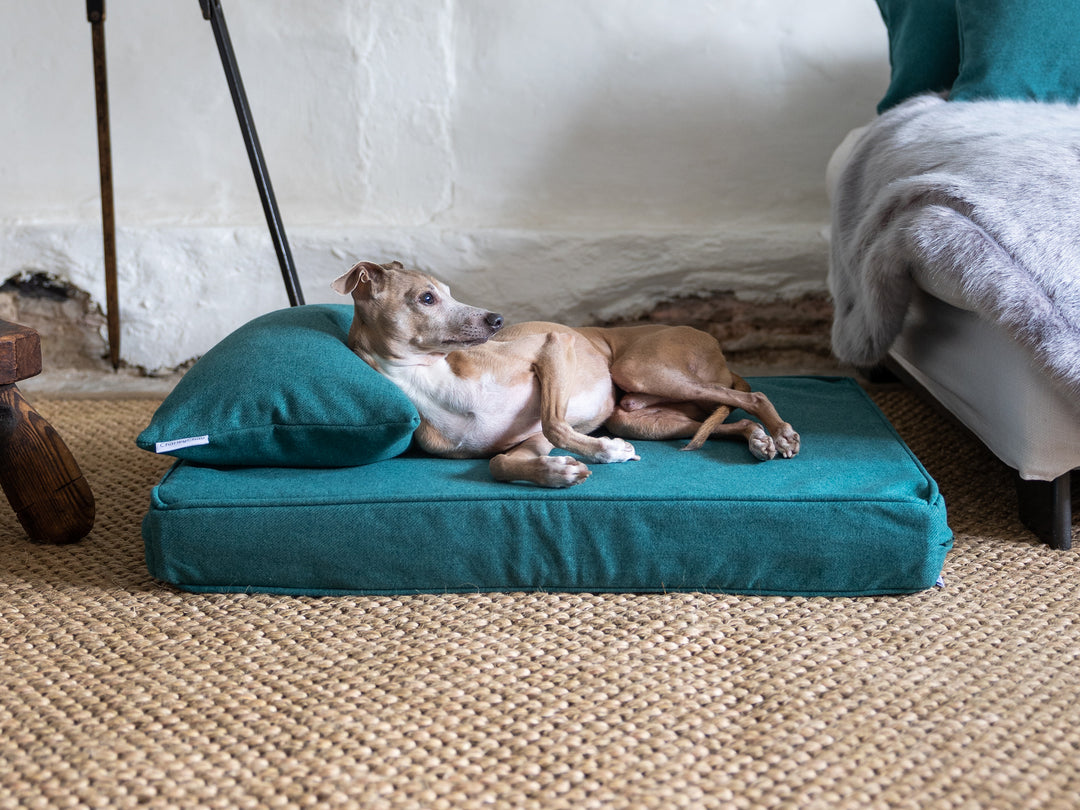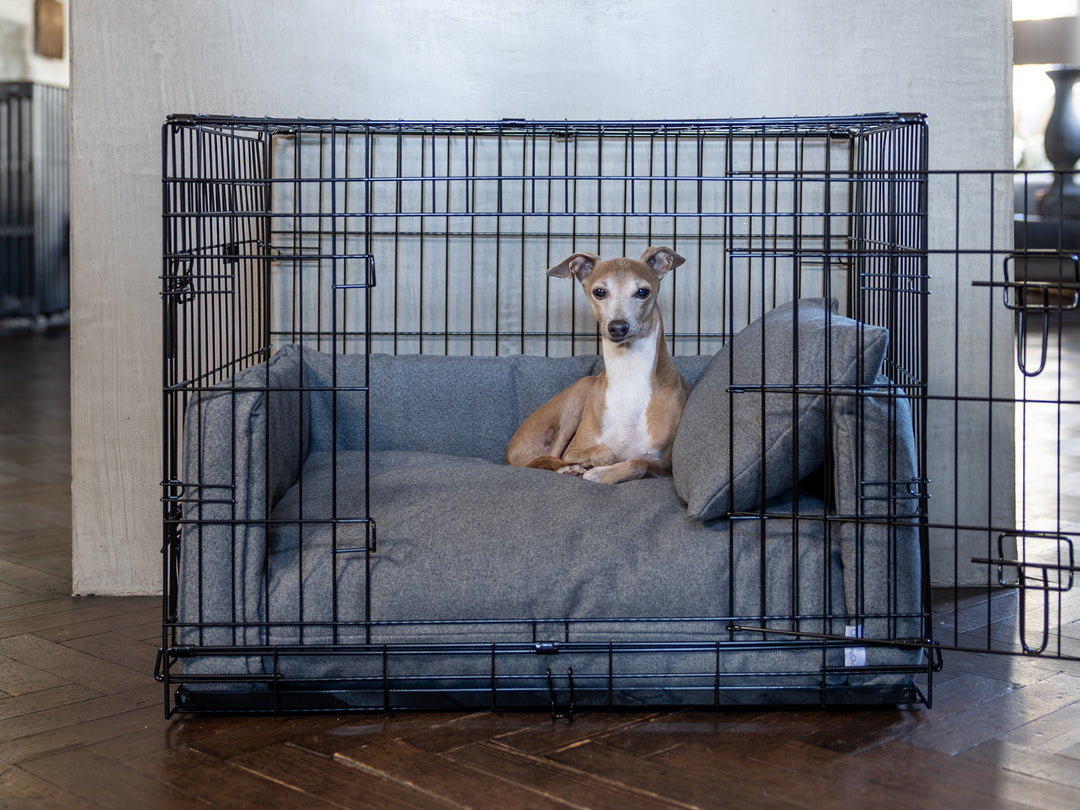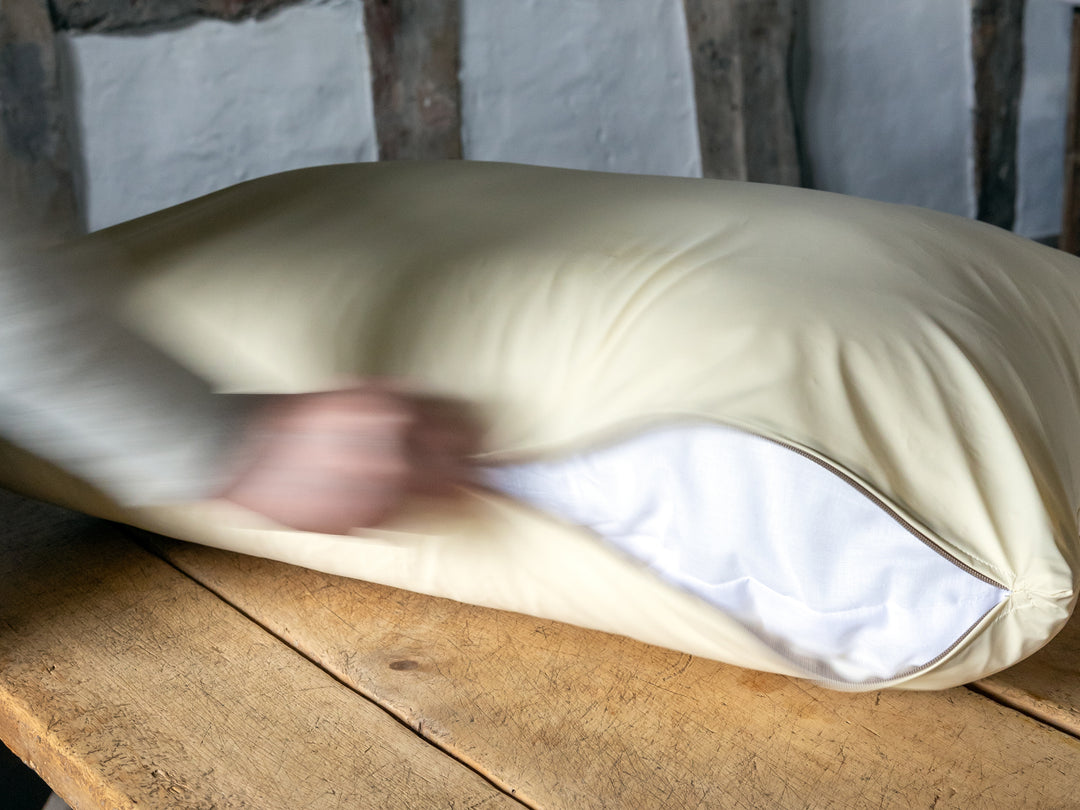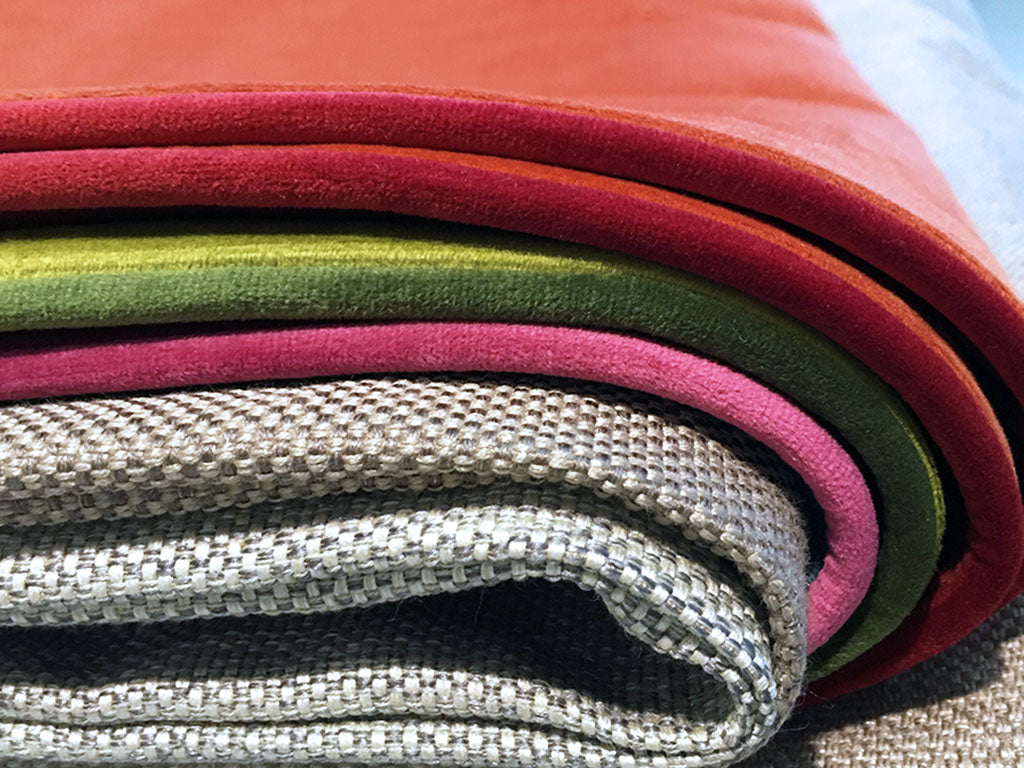Tips for Home Grooming Your Dog
As we enter into week who-knows-how-many of lockdown, it's quite possible that some dogs might be approaching or have past their "groom by’ dates. We’ve enlisted the help of Claire, a member of the Charley Chau show team and professional dog groomer (www.tydedogs.co.uk), to share some top grooming tips to keep your dog in in good order. Over to Claire ...
First and foremost, and no matter the breed or coat-type, grooming is an essential part of responsible pet ownership and not just a cosmetic frivolity. Aside from being the perfect opportunity to check your dog's physical condition, home grooming can also be a great way to strengthen the bond between you and your dog. When done with care and patience, it's a lovely, mindful way to pass all this extra time we now find ourselves with. Here are my pro tips for grooming at home.
Need to know
- Groom your dog after exercise or when they’re sleepy because there's a better chance they will be calm and still
- Positive rewards, treats, cuddles and patience will also make for a more relaxed at home grooming experience, and you could also try distracting them with a delicious bribe such as a Lickimat smeared with yummy Liver Paste
- If you're new to grooming, start with short sessions to give both of you time to get used to the experience - it's fine to build up slowly over time to a full groom in one session
- If you have a large dog or your dog has the skills of a world-class escape artist, enlisting the help of another person (if possible) might make things easier
- Cornflour is always in a groomer’s kit bag ...
Optional bath & blow dry
How often a dog has a full bath is entirely dependent on how mucky the dog is and what your preference is. Not every groom has to start with a bath. A good wipe down with a Dog Wipe will also do the trick.
Dogs that fit can be washed in your bathtub - an anti-slip bath mat can help make the dog feel much more comfortable and sure of their footing. Use lukewarm water and a specially formulated dog shampoo. Rinse thoroughly. Make sure your bathroom door is closed before lifting your dog out of the bath so they do their first "big shake" in the bathroom rather than elsewhere in the house. If your dog is too big to be washed in the bathroom, outdoors with buckets of lukewarm water will be the way forward.
Always use a specially formulated dog shampoo
To dry a dog's coat, pat with a towel - don't rub the coat as this will encourage the coat to tangle.
If you need to blow dry your dog's coat (usually longer coated breeds) use a hairdryer on a low heat setting and keep the hairdryer moving - don't blast one area for a long time as it could burn your dog's skin. If your dog doesn't like the sound of the hair dryer, try cutting the end off an old sock and slipping it over their head and ears to muffle the sound of the hair dryer.
Start with a brush
For brushing your dog's coat you will need a Slicker Brush with metal pins and metal pin heads - they are more effective than plastic pin head versions. If safe to do so, put your dog up high on a table or work surface, as it will be better for your back but make sure your dog is safe on the table. A towel or rubber matt will help keep the surface area sanitary and non-slip.
To brush your dog, tackle your dog in small sections e.g. the chest, a leg, a shoulder, etc. Use the Slicker Brush in a "pat on, pull off" motion i.e. pat the Slicker Brush onto the dog's coat and pull the brush away from your dog's skin - do not rub the brush down the dog's skin as this would be sore. The pat on, pull off technique prevents 'slicker burn' where a dog's skin is brushed raw by incorrect use of the Slicker Brush.
For ‘Doodle’ coats, start at the bottom of each section and lift the coat up with one hand so you can see pink skin and brush down using the pat on, pull off technique. Going against the growth of the coat can also help to start the brush right next to the skin. It’s also important to be thorough, tackling every inch of your dog both inside and outside of their legs and undercarriage – be sure to feel for any unusual lumps and bumps. Pay extra attention and be very gentle to friction areas such as the armpits, behind the ears, and where harnesses or collars rub.
When it comes to tackling knots, use your brush to gently but firmly tease the knot out, and always using the pat on, pull off technique.
Check the coat with a comb
Combs are used to check the coat after brushing - they are not to be used for de-tangling knots or matted coats. After brushing, use a comb (ideally a comb with wide and narrow teeth like the Ancol Ergo Aluminium Dog Comb) to comb through the dog's coat. If the comb catches in a knot or a matted bit of coat, don't force it through the knot - simply lift the comb out and re-brush with a Slicker Brush. For particularly stubborn knots or matting, a dab of cornflour on the matted area can help to ease the knot. How often you brush your dog, depends entirely on their breed or coat but for ‘doodle’ or longer coats, brushing and combing at least once a week is advised.
Fur trims - eyes, ears and bottoms
An all-over body clip is best left to the professionals but some dogs have coats that can become overgrown in areas that if left unchecked can affect their well-being. As a result, you will need to trim those areas and this is best done with a pair of Safety Scissors - perfect for dealing with excess hair around a dog’s eyes, ears, and for a sanitary trim around the bottom. Safety Scissors have a 'bull nose' - a blunt end which can help avoid a nasty accident. Always take care when using scissors on your dog.
Paws & claws
Don't forget to check your dog’s paws for cuts, cracks, foreign objects and grass seeds. Maintaining their nails is important too, as overgrown nails can cause pain and deformity. I recommend easy-to-use Scissor Action Dog Nail Clippers, which are sharp and have quick action to minimise pressure on your dog’s quick (the pink bit inside their claw) when trimming. Avoid cutting into the quick - it is painful and it will bleed and it will keep bleeding.
If you’re new to nail trimming nails, start by trimming very fine slivers off the tips and stop when you see a small dot in the centre of the cut nail (the start of the quick), and if you do catch a nail quick use cornflour or Styptic Powder to stop the bleeding quickly.
Top teeth
Some dogs get away with never having their teeth cleaned but the majority do not. Cleaning a dog's teeth is essential for maintaining good oral health in dogs, just as with humans. Cleaning can minimise tartar build up and help to prevent gum disease and whole host of much serious problems including fatal infections.
Only ever use a canine toothpaste such as Dorwest's Roast Dinner Toothpaste, which is specially formulated to be less abrasive as canine enamel can be surprisingly soft. Never use human toothpaste - flouride is poisonous for dogs.
Getting your dog used to being touched around and in their mouth is key. Pop a little bit of the dog toothpaste on your finger for them to taste, then try rubbing it around their teeth and gums gently and for just a very short time just to get them used to the feeling. Repeat over a few days and slowly build up to a brush.
Eyes & ears
Some dogs, particularly light-coated ones can be prone to tear-staining where excess tears darken the fur. To keep tear stains at bay, use a damp cotton wool pad to wipe under the eyes daily. Similarly, a slightly damp but thoroughly squeezed out cotton pad (never use a pad that is dripping with water as you do not want to leave water in their ears) can help keep your dog’s ear free of muck, just be sure not to prod too deep, as it may damage their ear or push the dirt even deeper. As you clean, pay attention for any redness or funny smells, which could indicate infection. A topical Ear Cleaning Fluid can also be handy.
That's a full run down of a few basic techniques for you to keep your dog comfortable and tidy at home - good luck!
A huge thank you to Claire for putting this blog together for us. If you're in the Southampton area do take a look at her site: www.tydedogs.co.uk.


